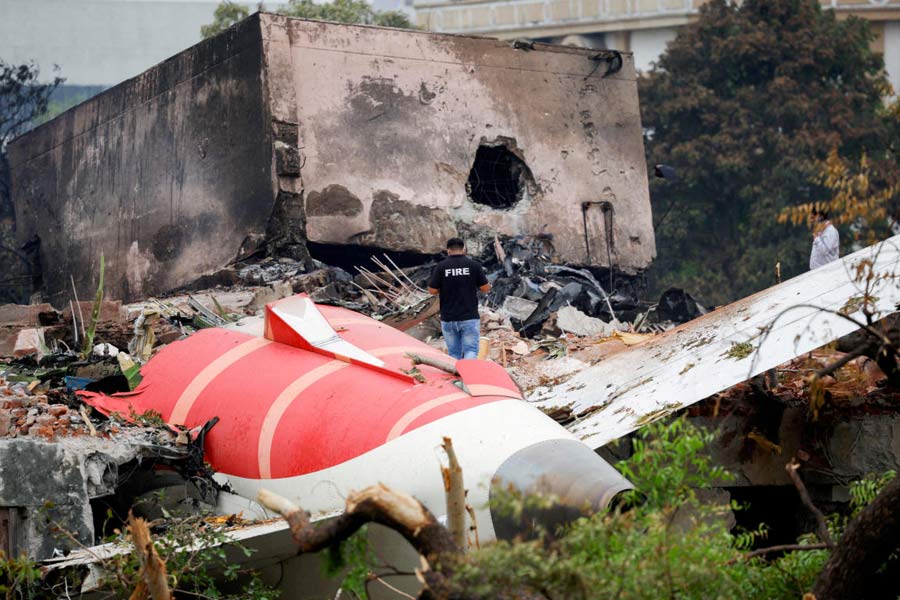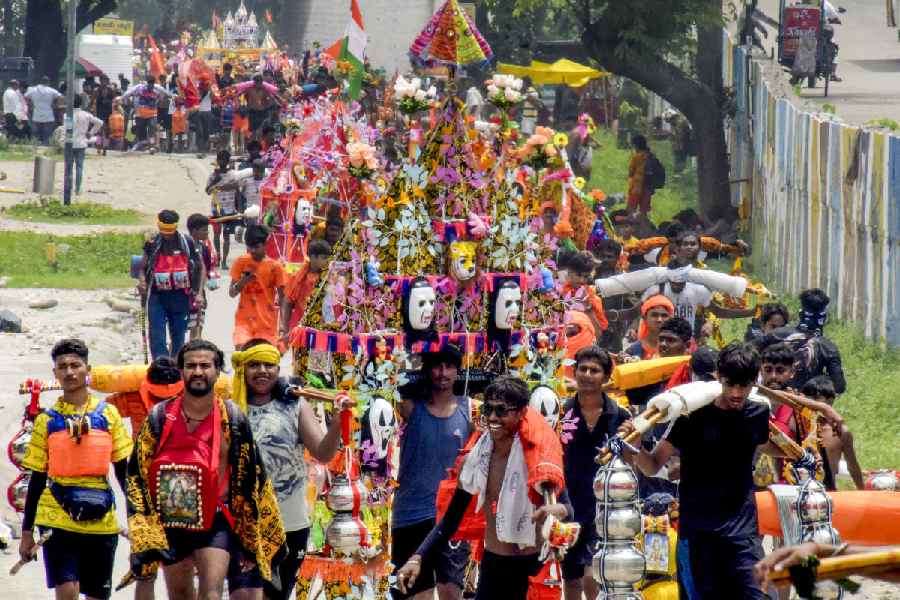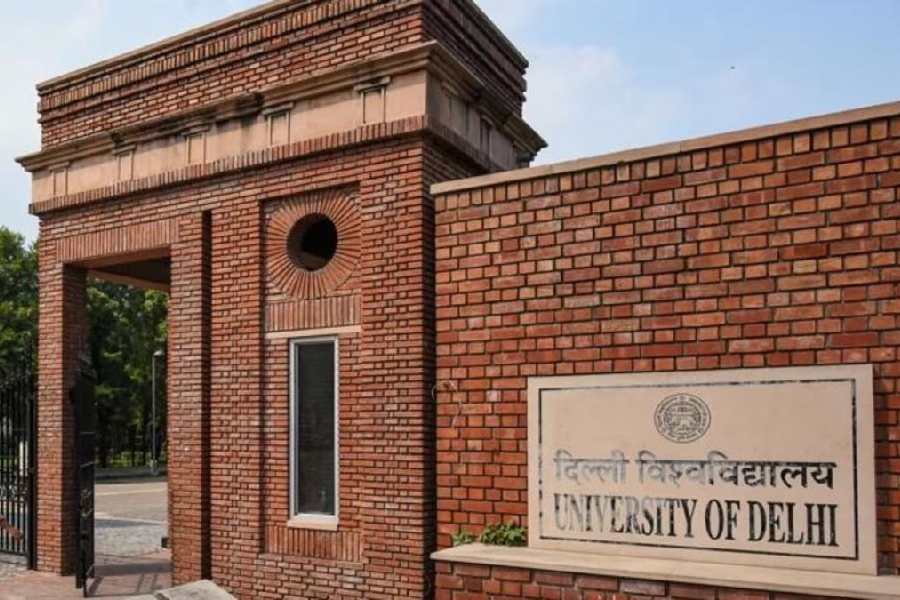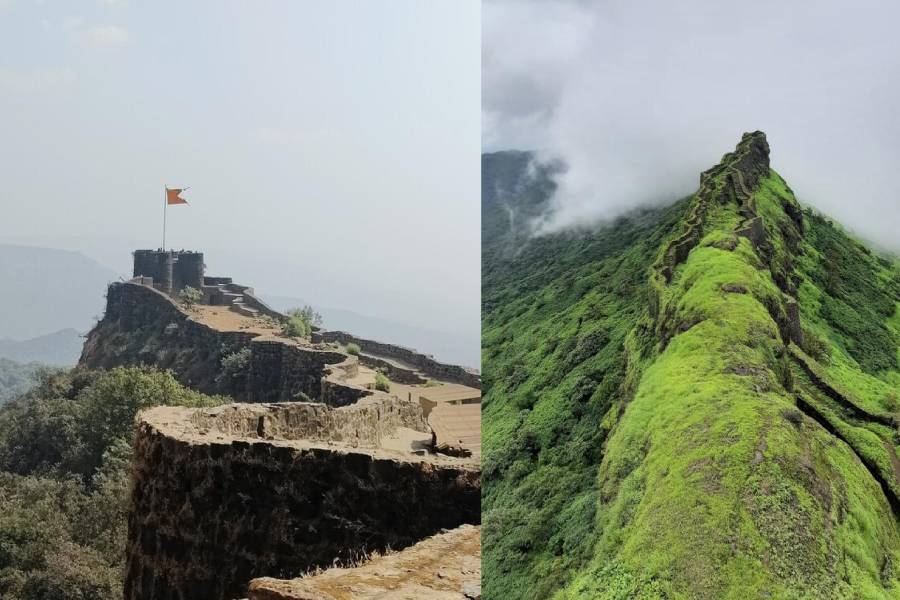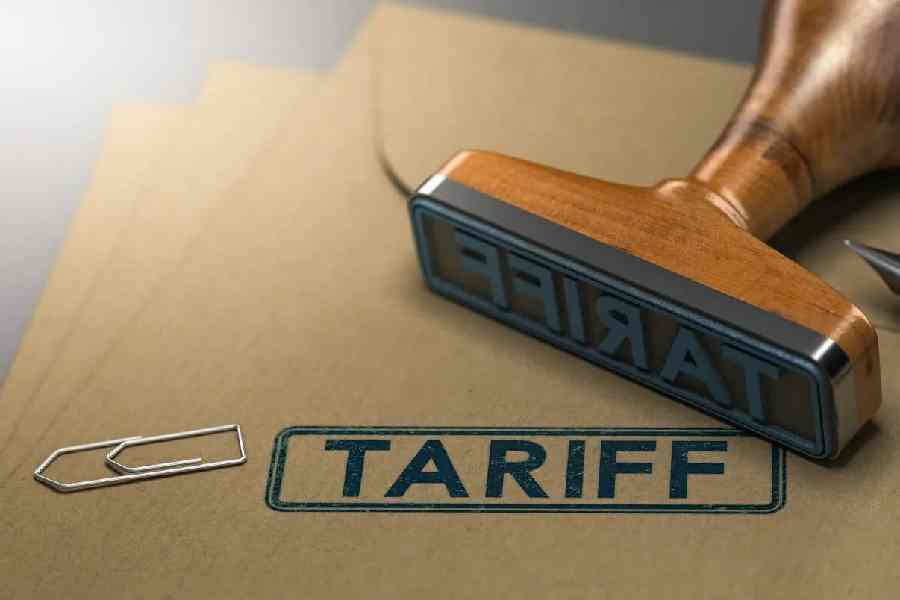Ranchi, Dec. 15: Jharkhand is getting ready to follow in the footsteps of Kerala to put more than 40,000 government schools on the GIS (geographical information system) radar.
The global positioning system (GPS)-based GIS monitoring will be undertaken to create a holistic database of schools on the basis of a wide range of parameters. This, officials say, will help in the upgrade process of schools.
Vinay Kumar Choubey, state director of Jharkhand Education Project Council (JEPC), which is undertaking the Rs 5 crore-project, said the tracking process would start from next week.
“After Kerala, Jharkhand will be the second state in the country to track schools with the help of GIS,” added a JEPC official. The project will also link all primary and upper primary schools.
Two firms — Mumbai-based Microtechnologies Pvt Ltd and Ranchi’s Aditya Enterprises — have been selected for the job. “There are over 40,000 schools in the state, which have been divided into two equal groups. Each firm has been allotted one group of schools and given 150 days to finish the process,” said Choubey.
He further said that tracking would be done on the basis of five parameters — positioning of schools, environment assessment, web profiling of schools, asset recording and civil drawing (AutoCAD).
“Till now, everything was being done randomly — be it opening new schools or taking up upgrade work — without any proper plan in place. But after the schools are mapped on GIS, it will facilitate a comprehensive study of each school so that the state government can embark on the upgrade process in a more logical and perfect manner,” said Choubey.
For example, under its education expansion plan, the government is now planning to open one school in every kilometre. Also, it is planning to upgrade the existing schools from primary to middle and senior secondary level.
“The mapping process will help us know the exact location, where schools need to be launched depending on the location, population and environmental conditions like water, soil conditions and hazards if any,” said Choubey.
“Not only this, with the help of asset recording, we will be able to maintain a record of infrastructure and its utility. If there is a need to increase the number of classrooms, the data will tell us scientifically where these can be constructed,” Choubey said, adding that the comprehensive report would be ready by March-April next year.
A special software, called Arcview, is being developed by the Jharkhand Space Application Centre to upload the data, once it is prepared, on the Web.


